Video games seem a little infatuated with open world design these days. You get a great open world game like The Elder Scrolls V: Skyrim, and suddenly everybody wants to show off how engines can now produce gorgeous, sweeping, detailed landscapes with no (or very few) loading screens.
It’s like an epidemic. I mean, I’m a huge fan of Skyrim and had a blast gliding around Arkham City… but not every game needs to have open world elements. In fact, I believe it’s very hard to get the balance between freedom and focus just right, so going open world can actually screw up an otherwise great RPG.
Limited Open World Design
First, let me say that I’ve played some fantastic, story-driven games that feature open world elements. One of the most successful that comes to mind is Batman: Arkham City, which I played the hell out of back in the day.

The main story was gripping, but Batman was also free to explore the entire city and pick up side quests along the way. Sometimes, it was just a matter of hearing someone in distress and gliding to the rescue. These missions were always optional, and there were many times when I skipped them to get on with the main tale. Other times, I spent hours just soaring around the city skyline, looking for collectibles.
In Arkham City, having the freedom to explore never gets in the way of the game’s storytelling. It’s a perfect balance.
Grand Theft Auto games have a similar set-up. In Grand Theft Auto V (that’s the one I got really into), you cruise the city of Los Santos as three different main characters. What I love here is that while you have complete freedom to look around, shop, play a round of golf or tennis, enter a triathalon, visit a strip club, crash your car and steal another one… you’re constantly learning more about the main characters. Each character has a unique set of side missions, as well as a main storyline, and you have to switch between them to learn about them all.
There are even a few quests you can take on as any character, but each turns out differently based on who you choose. For instance, there’s a great side mission where you can take the characters to get high; each one hallucinates something very different, with Michael battling aliens and Trevor fighting some terrifying clowns.
The point is that while it’s fun to explore Los Santos, the game keeps you grounded in the characters’ stories. As much love and attention was given to the design of the city, the game gives an equal amount to the missions. The result is a compelling, quest-driven game in an open world.
True Open World Experiences
 Other game worlds are built for you to explore. Quests feel secondary. I’m thinking mainly of Skyrim here, a game I have put over 100 hours into because the world is so gorgeous and the leveling system so addictive. While I often come across quest lines or side quests that I enjoy, I’m more interested in exploration and the game’s rewards — if I can just complete enough quests and steal enough stuff, I can make enough money to buy that house in Solitude. That’s an achievement.
Other game worlds are built for you to explore. Quests feel secondary. I’m thinking mainly of Skyrim here, a game I have put over 100 hours into because the world is so gorgeous and the leveling system so addictive. While I often come across quest lines or side quests that I enjoy, I’m more interested in exploration and the game’s rewards — if I can just complete enough quests and steal enough stuff, I can make enough money to buy that house in Solitude. That’s an achievement.
The rush of discovery is key here. Enjoying the open road is the whole point of the game, and your motivation is some kind of associated accomplishment: leveling up, earning a valuable piece of loot, unlocking a new destination marker. When I play, I want to become the archmage, learn new words of power, master the archery skill tree, buy a house to showcase all my awesome loot.
The open world design is what makes all this fun. It’s full of perks. I make games for myself — stealing all the books I come across, sitting on all the thrones, jumping in every body of water I can find. Traveling is fun. Discovery is exciting.
Can Great Storytelling and Open World Design Coexist?
So you have limited open worlds that work well with story-driven games. And then you have full open worlds where the story comes second to exploration. But can you have both? And even with limited open worlds, is it possible for them to feel too overwhelming when you’re trying to follow a storyline?
Lately, I’ve been playing two video games that feature open world elements: Dragon Age: Inquisition and The Witcher 3: Wild Hunt. What’s interesting is that both are story-driven games introducing a limited open world concept for the first time. And they go about things very differently.
How Dragon Age: Inquisition Fills Its Open World
In Dragon Age: Inquisition, it feels like the developers worked hard to create a stunning world for players to enjoy, and then didn’t know quite what to do with it.

Dragon Age games have always been very story-based, with emotional decisions to make and a cast of characters that have real depth. In Origins, you can spend hours just conversing with characters, anywhere you want. Even in the middle of a quest, you can turn and click on a character to engage them in chitchat and learn everything about them. The result is a rich world grounded by the fictional people you’re traveling with.
The problem I have with Inquisition is that instead of filling its game with characters and conversation, it presents an empty open world. I’m not saying there’s nothing to do. But I feel like I spend much more time running around performing meaningless side quests — close this rift here, fight some bad guys there — than enjoying the main story, the worldbuilding, or my companions on the road. Dragon Age: Inquisition seems to pile quests on you to justify your exploration of the open world. It’s pretty — just not very engaging.

When I do come across an interesting quest or conversation, it’s all too fleeting. I don’t have epic missions here. Instead, I’m sending my advisors out to do things for me and reading about them later. I’m chatting for a couple minutes here or there, but the conversations are very limited. I’m fighting a lot but not really learning much about the world. Quests feel thin. They’re too short. And I want more time with my hot balding elf boyfriend.
The biggest problem is that I lose track of my focus. My character is the Inquisitor. She needs to earn a good reputation to gain followers and put an end to this war. She also fights dragons. But with all the side quests, it’s all too easy to lose sight of what’s really important in her mission.
Feeling Rewarded in The Witcher 3
The Witcher 3: Wild Hunt is similar to Inquisition at first glance. It’s also a story-driven fantasy game with open world areas you can unlock and explore. But it handles things differently. It doesn’t feel like an open world with a bunch of meaningless side quests — it feels real.
 You play as Geralt, a monster hunter who’s looking for his adoptive daughter Ciri. This is your main objective, and you never lose sight of it. Along the way, Geralt might have to track down various people, which involves pursuing side quests to help them. He’s bribing them for information.
You play as Geralt, a monster hunter who’s looking for his adoptive daughter Ciri. This is your main objective, and you never lose sight of it. Along the way, Geralt might have to track down various people, which involves pursuing side quests to help them. He’s bribing them for information.
What makes this work is that the quests don’t feel like meaningless side missions. Instead, they’re part of a bigger, significant whole. And they’re rich stories. Each area Geralt unlocks has one main storyline that involves several smaller steps, each leading seamlessly into the next. You lose track of time. For instance, it takes several hours of gripping gameplay and storytelling to learn the fate of the Bloody Baron’s family.
You want to know how the story will end, so you keep pushing forward, barely noticing where one quest ends and the next begins because the storyline you’re following is bigger than all that. It’s addictive. You’re being treated to an epic story that you take on in delicious, bite-sized chunks.

And you know what makes this storytelling better? The open world elements. In Wild Hunt, story is king, and the open world just makes it feel all the more real. It makes Geralt as a character feel more real too, because he can battle nekkers in the wilderness, ride Roach from town to town, explore hidden caves, take on witcher contracts to battle beasts. It’s a big world, but Geralt’s personal world is small enough that I feel emotionally invested in everything that happens.
Finding the Balance
I don’t want to feel lost in open world games. I also don’t want to feel like I’m completing a series of hollow quests that won’t matter. In an RPG, I want a good story — everything else is secondary.
When done right, an open world design can do wonders for the realism of a video game experience. A sense of adventure is what makes an adventure feel right.

But story-driven, open world games need to find the right balance between freedom and focus. As a player, I want to feel motivated, and that’s something that needs to happen via the story and characters first — not the open world.
— Ashley

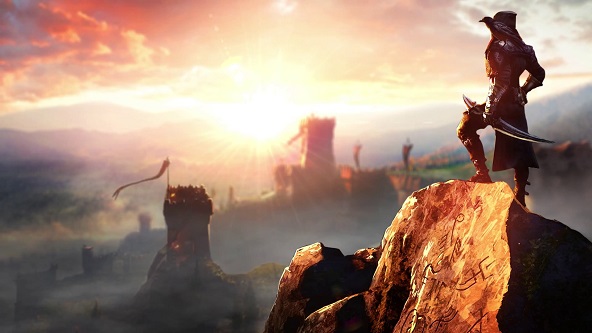


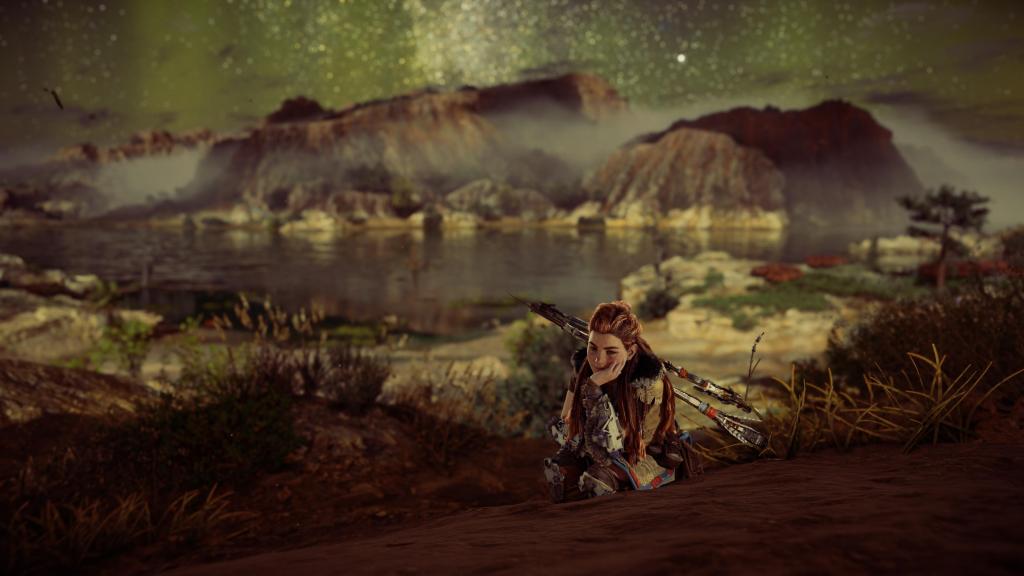
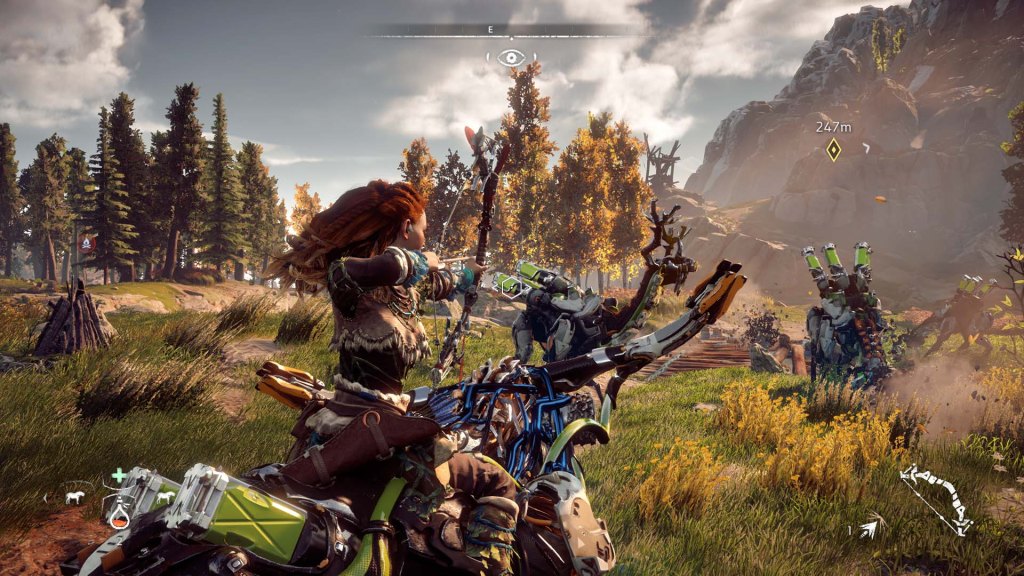
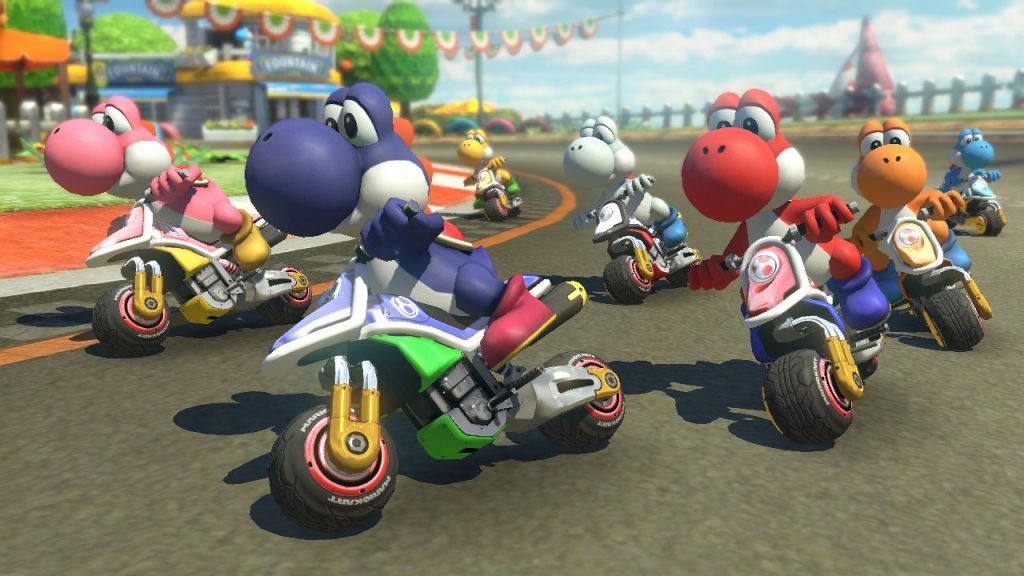
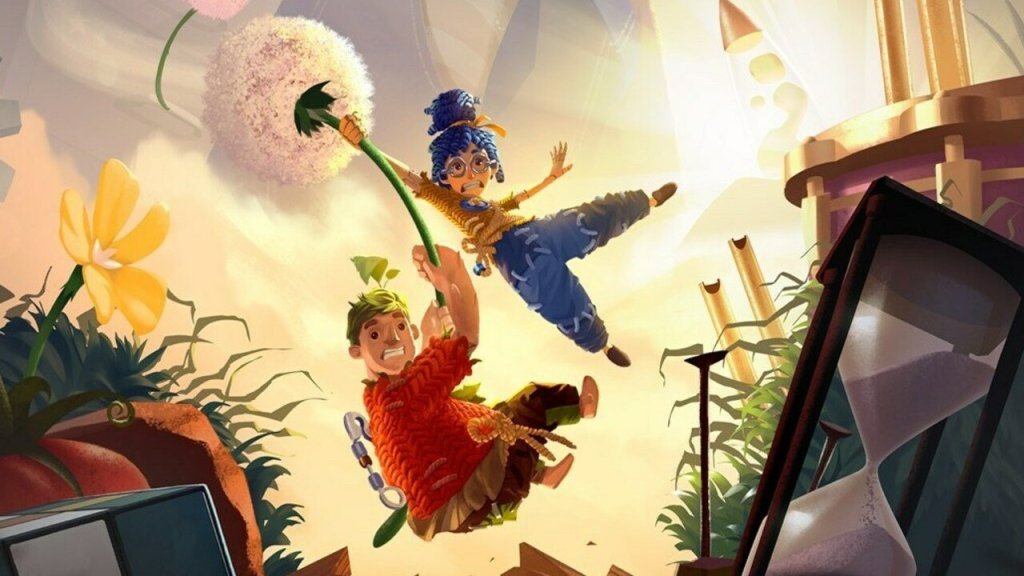
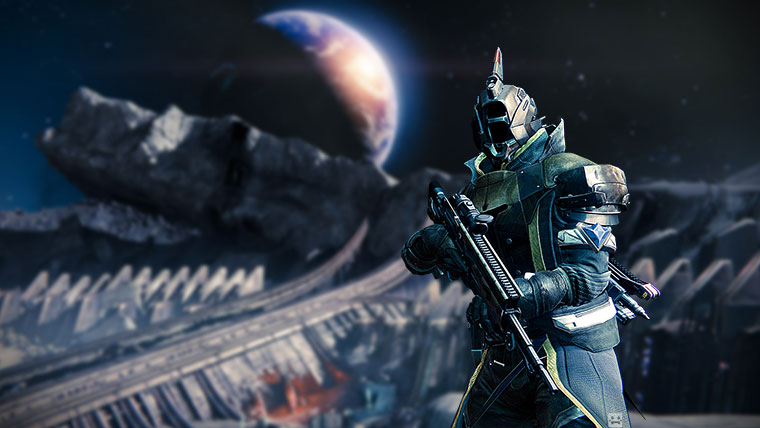
Leave a reply to simpleek Cancel reply